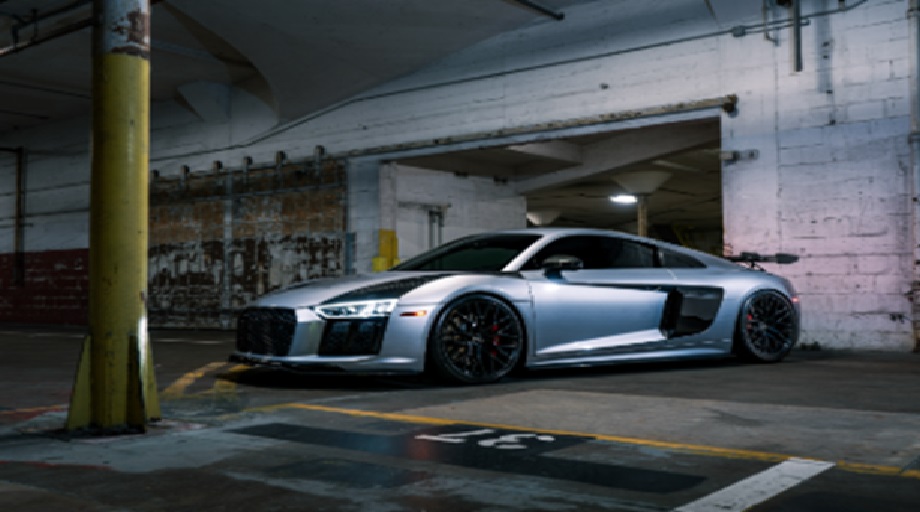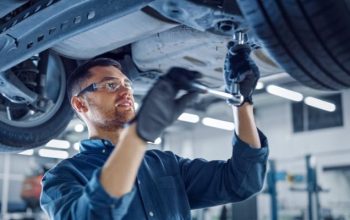Aerodynamics is one of the key elements that define a supercar’s performance, affecting everything from top speed to handling and stability. While the roar of a supercar’s engine and its sleek design often steal the spotlight, it’s the complex engineering behind its aerodynamic features that truly makes these cars stand out. Understanding how aerodynamics influence a supercar’s performance reveals the fine balance of engineering, physics, and design.
Downforce: The Key to Grip and Stability
One of the primary goals of supercar aerodynamics is to generate downforce. Downforce is the force that pushes the car down onto the road, increasing tire grip and stability at high speeds. At high speeds, a supercar can reach up to 200 mph or more, and without proper downforce, it would lift off the road, causing instability. Engineers use elements such as rear wings, front splitters, and diffusers to manipulate airflow and create downforce. These components channel air over the car’s body and direct it in ways that maximize grip without adding excessive drag.
Drag Reduction: Balancing Speed and Efficiency
While downforce is essential for stability, excessive drag can slow a car down and reduce fuel efficiency. Aerodynamicists work to minimize drag by shaping the car’s body to allow air to flow smoothly around it. Supercars typically have smooth, sculpted surfaces and features like rear diffusers and active aerodynamics that reduce drag without sacrificing downforce. Active aerodynamics involve movable components, such as adjustable rear spoilers, that change based on speed and driving conditions to optimize both downforce and drag.
Flow Management: Cooling and Ventilation
Effective aerodynamic design also involves managing airflow to optimize engine cooling and reduce the risk of overheating. Supercars often have strategically placed vents and ducts that direct air to the engine, brakes, and other critical components. This flow management ensures that the car’s performance isn’t compromised by heat buildup, especially during high-speed driving or intense track conditions.
The Role of Computational Fluid Dynamics (CFD)
Modern supercar design relies heavily on computational fluid dynamics (CFD) software. CFD allows engineers to simulate airflow around a car’s body and make precise adjustments to the design before creating physical prototypes. This technology allows for faster, more accurate testing, enabling engineers to fine-tune every aspect of a supercar’s aerodynamics for maximum performance.
The engineering behind supercar aerodynamics is a masterclass in precision and innovation. By balancing downforce, drag, and airflow, engineers create cars that not only look stunning but also offer world-class performance. As technology continues to evolve, aerodynamics will remain a critical factor in pushing the limits of speed and handling in the supercar world.
This post was written by a professional at Tampa Auto Gallery Sales & Leasing. Tampa Auto Gallery Sales & Leasing, in Pinellas Park, FL, is your go-to for luxury cars for sale near you, serving Largo, St. Petersburg, Tampa, & Clearwater. Specializing in exotic brands like Lamborghini, Rolls Royce, Ferrari, & McLaren, they offer the best in sales and leasing. Founded on trust, integrity, & respect, we ensure a top-tier shopping experience with unbeatable prices and quality. Whether you have good or bad credit, their financing options get you behind the wheel. Their inventory is handpicked for reliability and dependability. Visit the best supercar for sale Tampa FL for an unparalleled luxury car experience today.




